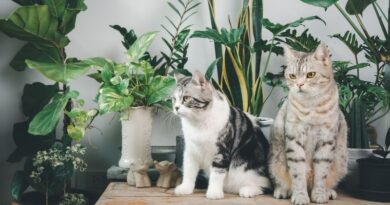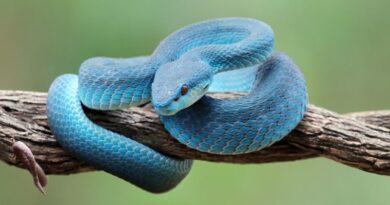Embark on a feathered journey as we unveil the majestic realm of avian giants – the 10 largest birds on Earth. From the mighty wingspan of the Andean Condor to the towering stature of the Ostrich, our exploration transcends size to discover the captivating stories behind these magnificent creatures. Delve into the skies with us as we uncover the fascinating facts and unique characteristics that make each of these birds a testament to the wonders of the natural world. Join us on this avian odyssey, where size meets splendor, and the skies become a canvas for nature’s grandest creations.
10 Largest Birds on Earth
1. Ostrich (Struthio camelus)
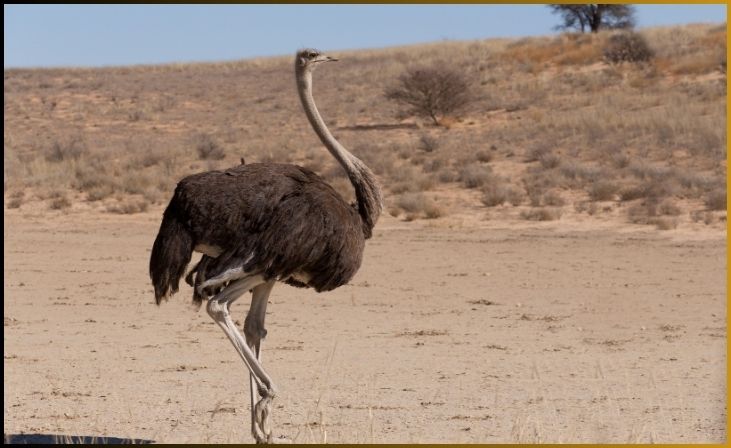
The Ostrich, native to Africa, holds the esteemed title of the largest bird on Earth. Towering over the savannahs, these flightless wonders can reach staggering heights of up to 9 feet and weigh between 220 to 290 pounds. Renowned for their impressive speed, Ostriches can sprint at 45 miles per hour, making them not only the largest but also one of the fastest birds on the planet. Their distinctive long legs and neck, coupled with their ability to adapt to various habitats, contribute to the Ostrich’s iconic status in the avian kingdom.
Also Read: Fascinating Caterpillars Of Ohio
2. Southern Cassowary (Casuarius casuarius)

Hailing from the tropical forests of New Guinea, Northern Australia, and nearby islands, the Southern Cassowary is the second-largest bird globally. With a height ranging from 5 to 6.6 feet and a striking helmet-like casque atop its head, this flightless giant is an emblem of the rainforest ecosystem. Known for its vibrant blue skin and a reputation for being one of the world’s most dangerous birds, the Southern Cassowary plays a crucial role in maintaining the ecological balance of its habitat.
3. Emu (Dromaius novaehollandiae)

Native to Australia, the Emu takes the podium as the world’s third-largest bird. These flightless birds, standing at an impressive height of around 5 to 6.6 feet, are distinguished by their long necks and powerful legs. Emus are well-adapted to the arid landscapes of Australia, capable of enduring diverse environmental conditions. Known for their agility and curious disposition, Emus are not only a testament to the continent’s unique wildlife but also contribute to its ecological diversity.
4. Emperor Penguin (Aptenodytes forsteri)
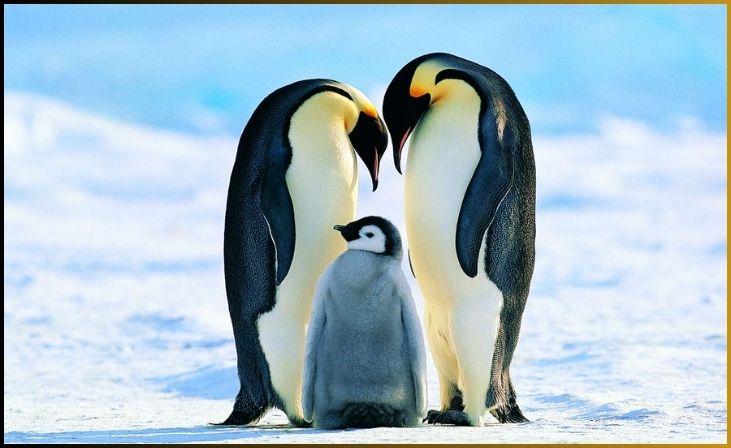
The Antarctic realm is home to the Emperor Penguin, securing its position as the fourth-largest bird globally. Standing at a height of about 3.9 feet, these exceptional birds are uniquely adapted to survive in the harsh polar conditions. Known for their iconic black and white plumage and their remarkable ability to endure extreme cold, Emperor Penguins exhibit extraordinary parenting behaviors. They form colossal colonies and undertake epic journeys to secure food for their offspring, showcasing the resilience and unity of these magnificent creatures.
5. Andean Condor (Vultur gryphus)
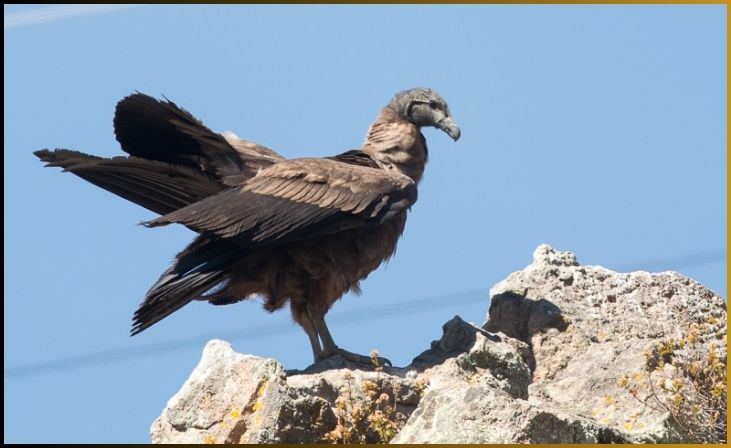
Soaring high above the Andes Mountains, the Andean Condor boasts the longest wingspan among living birds, ranging from 9 to 10 feet. Though not the heaviest, their wingspan is truly remarkable, allowing them to glide effortlessly in search of carrion. With distinctive white markings on their wings and a majestic presence in the mountainous regions of South America, the Andean Condor embodies the awe-inspiring grandeur of the avian kingdom.
Also Read: Oldest Bears of All Time
6. Kori Bustard (Ardeotis kori)

Native to Africa, the Kori Bustard is recognized as the heaviest flying bird. With a wingspan of around 9 feet and standing at 3.3 to 4.2 feet tall, these birds are characterized by their striking plumage and impressive courtship displays. The Kori Bustard’s ability to take to the skies despite its substantial weight showcases the incredible adaptations that birds have developed to conquer different ecosystems.
7. Greater Rhea (Rhea Americana)
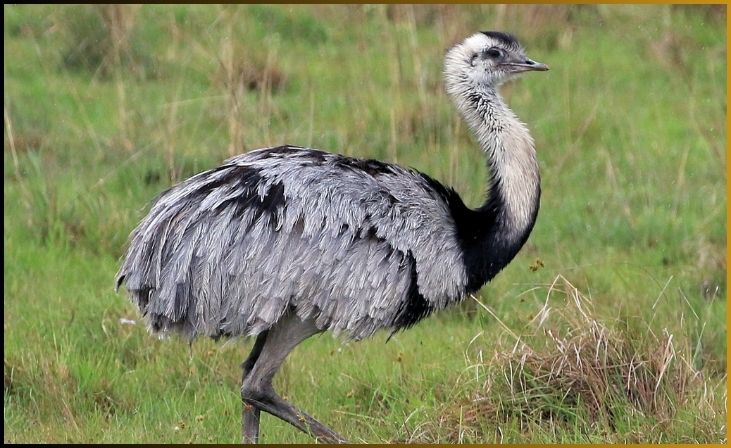
Inhabiting the grassy plains of South America, the Greater Rhea is the largest bird on the continent. These flightless giants stand between 3.3 to 5.6 feet tall and are known for their distinctive ostrich-like appearance. With powerful legs and a keen sense of awareness, Greater Rheas navigate their expansive habitats, contributing to the biodiversity of the South American grasslands.
8. Dalmatian Pelican (Pelecanus crispus)
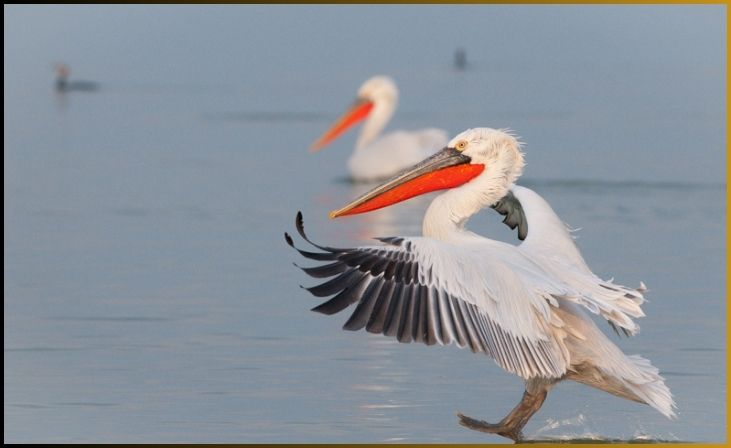
The Dalmatian Pelican is one of the largest pelican species and holds the eighth position among the world’s largest birds. Inhabiting freshwater lakes and rivers in Europe and Asia, these majestic birds boast a wingspan of 9 to 11 feet. Known for their striking appearance, with a massive orange pouch and curly nape feathers during the breeding season, Dalmatian Pelicans are integral to the aquatic ecosystems they inhabit.
9. California Condor (Gymnogyps californianus)
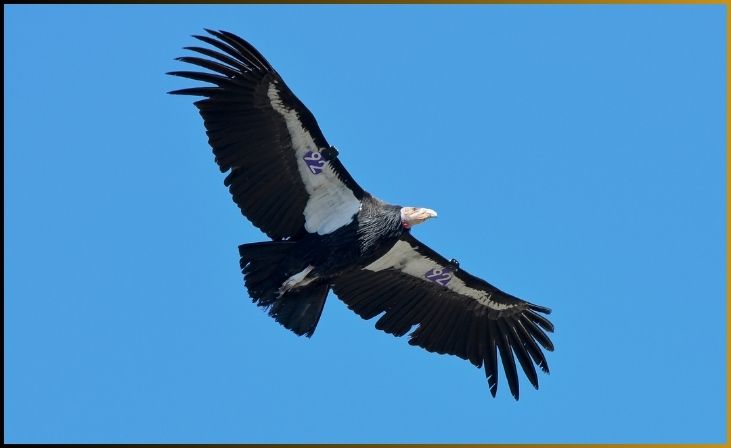
Endemic to North America, the California Condor is a critically endangered species and ranks among the largest birds on the continent. With a wingspan approaching 10 feet, these scavengers play a vital role in maintaining ecological balance by consuming carrion. Efforts in conservation have been pivotal in ensuring the survival of this majestic bird, highlighting the importance of preserving biodiversity and protecting endangered species.
Also Read: Largest Horse Ever Recorded
10. Wandering Albatross (Diomedea exulans)
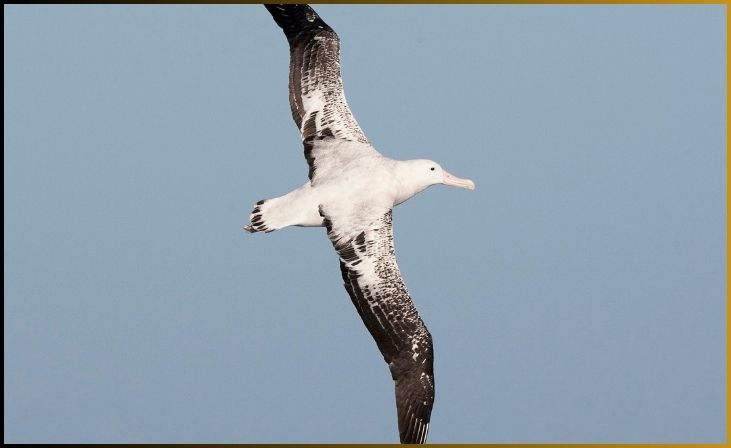
Navigating the vast expanses of the Southern Ocean, the Wandering Albatross is renowned for having the longest wingspan of any living bird, reaching an astonishing 11 feet. With their ability to cover immense distances during oceanic flights, these albatrosses are masterful long-distance travelers. Their presence across the Southern Hemisphere symbolizes the boundless freedom and adaptability of Earth’s largest winged inhabitants.
Conclusion
As we conclude our exploration of the 10 largest birds on Earth, we find ourselves in awe of the diverse avian wonders that grace our planet. From the powerful and majestic to the swift and graceful, each bird brings a unique charm to the tapestry of nature.
As we gaze upon the skies, let these feathered giants inspire a newfound appreciation for the extraordinary creatures that share our world. The symphony of flight and the tales of these winged behemoths remind us of the boundless beauty found in the untamed corners of our planet.
FAQs
The title of the largest bird goes to the Ostrich, native to Africa. These flightless wonders can reach towering heights and are known for their incredible speed on land.
The Andean Condor claims the crown for the longest wingspan among birds. With wings stretching up to 10 feet, these soaring marvels command the skies over the Andes mountains.




